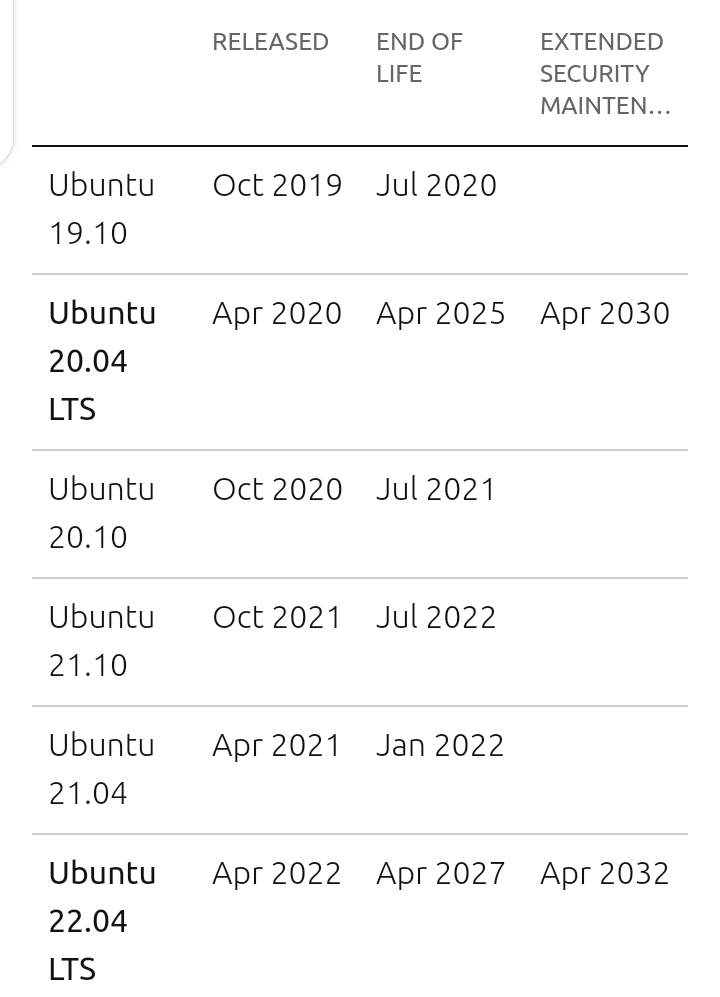Background
Ubuntu is one of the operating systems which are growing in large scale since it’s establishment in recent years. It has attained popularity all over the world gaining millions of users daily. The operating system has become one of the most competitive operating systems in the market today.
The name ‘ubuntu’ is an ancient African word which means ‘humanity to others’. It is also associated with reminding us that ‘I am what I am because of who we are’.
Linux was already developed in 2004 but was later fragmented into several unsupported community editions. These linux community editions were not free for most computer users and that is when Mark Shuttleworth gathered a small team of Debian developers who together founded canonical. The main goal of these developers was to create a linux based desktop which was easier to use. They named it ‘ubuntu’. And that is how ubuntu operating system was born. Ubuntu offers world’s free software freely to everybody and it is also available for anyone to download and use it’s features.
Ubuntu release cycle
The ubuntu team releases the operating system every six months since October 2004. In 2006, they decided that every fourth release, made every two years, would receive long-term support. These long-term support os’s have got extended security maintenances and they are denoted (LTS).

As you can see above, the ubuntu release cycle is in a sequence of predictable release versions, release dates, end of life dates and the extended security maintenance dates for the LTS versions.
The ubuntu project
The main publisher of ubuntu is the canonical team. It is led by Mark Shuttleworth himself who is the project founder then a shortlist of the canonical members who lead aspects of ubuntu like the kernel, default desktop, foundations, security, Openstack and kubernetes.
I myself have used ubuntu and unlike other operating systems, it is got a unique style which everyone should try out. In case you want to try out ubuntu today, you can get it from the official ubuntu download page.
Canonical still offers cloud and server services. If you are interested in enrolling into one, you can contact them through their contact page.
Was this article helpful?
Author

EDWARD KIARIE
Hello! I am a Graphic/ Web Designer from kenya. I am currently the CEO of NetGear Tech and I pretty much like to solve problems that may come across me in the world of IT.
More from this site
COMMENTS ON THE PAGE
-
Readers can suggest articles to write here.
LikeLike



Leave a comment